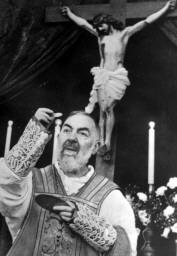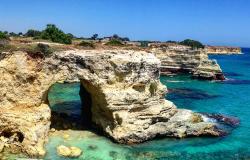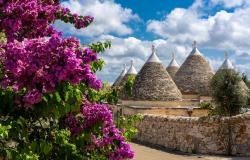Italian saint Padre Pio was exhumed on Monday to be put on display next month.
The body was in surprisingly good condition 40 years after his death, said the prelate in charge of his shrine, Archbishop Domenico D'Ambrosio.
''As soon as we got inside the tomb we could clearly make out the beard. The top part of the skull is partly skeletal but the chin is perfect and the rest of the body is well preserved. The knees, hands, mittens and nails are clearly visible,'' the archbishop said.
''If Padre Pio allows me, I might say he looks as though he just had a manicure''.
The body will now be conserved and put in a glass-covered coffin for pilgrims to see and venerate, starting on April 24.
The idea is to put the body on display for several months and then to return it to the tomb in the crypt of the Santa Maria delle Grazie church in San Giovanni Rotondo, next to the friary where Padre Pio lived for most of his life.
The saint, whose real name was Francesco Forgione, was born in 1887 and died in 1968. His devotees believe he bore the wounds of the crucified Christ on his hands, feet and side for at least 50 years.
By the time of his death, he was credited by his fellow friars with having performed more than a thousand miraculous cures and other miracles - one of them for the future Pope John Paul II.
The late pope was the driving force behind his canonisation, which took place in record time in 2002.
This officially made him San Pio, but almost everyone still uses his former name.
Other alleged gifts were the ability to be in two places at the same time and emit the scent of fresh flowers.
Forgione was shunned by church officialdom for much of his life and only belatedly recognised because of his towering stature among the faithful.
However, even after his death there have been accusations that he was a fraud.
A new book suggested last year that he may have used carbolic acid to create his Christ-like wounds.
He has massive followings across the world, particularly in Australia and Ireland. A Catholic magazine once found that far more Italian Catholics pray to him than to Jesus or Mary.
His shrine near Foggia draws close to one million pilgrims a year and generates millions of euros for the local economy. The hospital he founded in San Giovanni Rotondo is one of the biggest in southern Italy.



